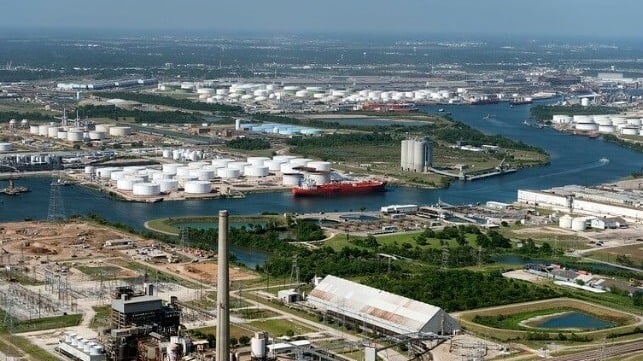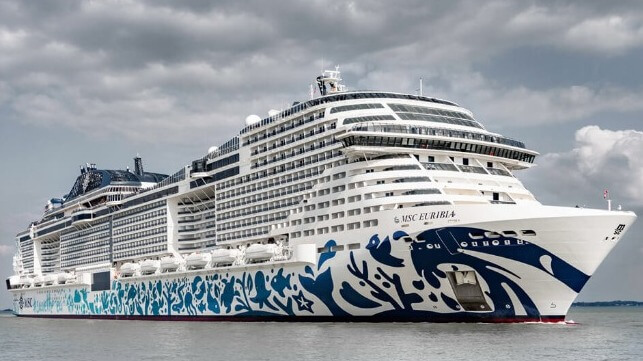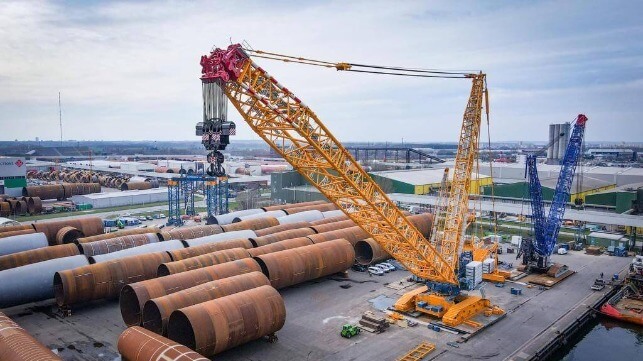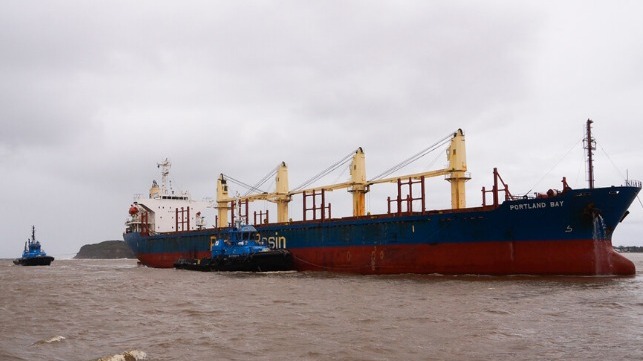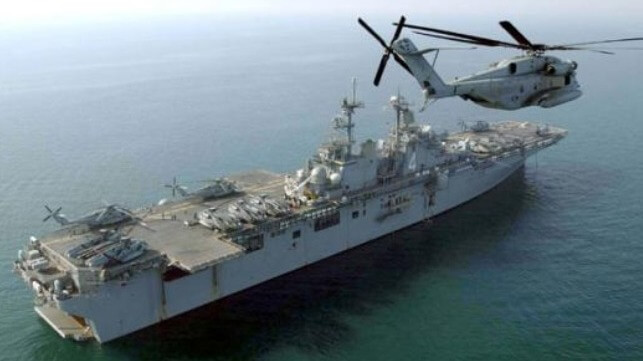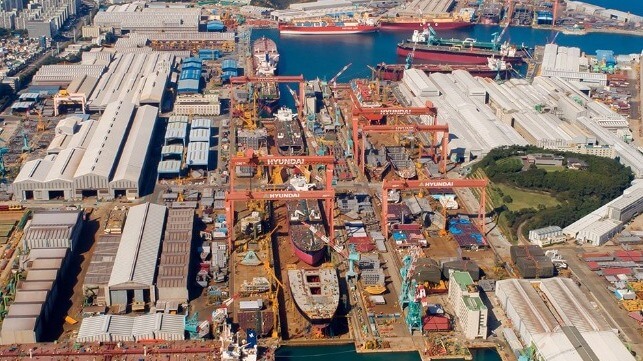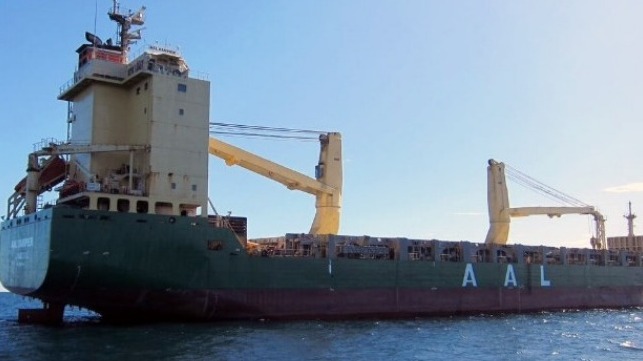Future Cost-Competitiveness of Hydro-Kinetic Turbines
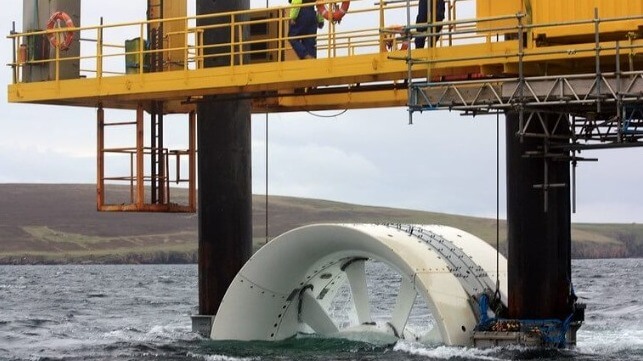
Some 10 years ago, a submerged hydro-kinetic turbine was installed in the swift current of a section of the St. Lawrence River, southwest of Montreal, Canada. The power authority of Quebec eventually discontinued the demonstration and declared that the technology was not cost competitive against conventional hydroelectric power generation when measured in terms of dollars per kilowatt-hour. The future of hydro-kinetic turbine technology depends on greater output at competitive cost against other renewable technologies.
Introduction
Cost-comparisons undertaken involving the repair and maintenance of machinery indicated that for ever $1.00 spent at a land location, some $10.00 to $100 was spent at an offshore floating surface location while $1,000 or more can be spent on technology submerged deep under water.
The history of hydro-kinetic turbines began some 4.000-years ago with water wheels that converted the kinetic energy of flowing river water to mechanical power. Early installations were located along a river bank, with the lower section of the water wheel being partially submerged in the flowing water that in turn caused the wheel to rotate.
During the 1980s, the quest for clean renewable energy led to tests involving underwater windmills or hydro-kinetic turbines, the result of fresh water having almost 850-times the density of air and ocean water having 870-times the density. Power output is a function of the mass flow rate of fluid through a turbine. As a result, hydro-kinetic turbines showed great promise as an alternative clean renewable energy technology. Most early builders of hydro-kinetic turbines installed the turbines on supporting frames that rested on the riverbed, as was the case southeast of Montreal and other locations internationally.
Turbine Installations
The installation of submerged turbines involved a boat or a ship equipped with an onboard crane carrying the turbines to the installation site, where the crane subsequently lowered each turbine assembly on to the riverbed or seabed. Maintenance of submerged turbines requires divers to work under water or a crane equipped vessel to retrieve the submerged turbine assembly to the surface, at considerable cost. Securing turbines to coastline structures or under floating technology that maintenance crews could board, reduces maintenance cost. Companies in Canada and Scotland are developing floating structures that carry turbines.
While the floating structure from Orbital Marine of Scotland carries 2-turbines of 1-megawatt each, the floating structure from Sustainable Marine of Canada carries 6-turbines. A competing floating structure from Big Moon of Canada carries a modern water wheel. All 3-technologies are designed to be towed from a coastal point of construction to an offshore point of installation, where mooring cables would secure the floating turbine assemblies.
Big Moon places the axle shaft and electrical generating equipment above water inside an enclosure. Orbital Marine and Sustainable Marine build the floating structures to allow maintenance crews access turbines and generating equipment.
Mobile Dry Dock
The semi-submersible ship known as a mobile dry dock can submerge under the hull of a stricken vessel before raising it above water. That technology could be adapted to carry large-scale floating ocean kinetic energy conversion technology upside down on its deck, from a shore-based construction or assembly site to a suitable offshore site before submerging to float the turbine assembly off its deck. The combination of ballast tanks, pontoons and crane cables would assist in rolling the turbine assembly over prior to it being floated on to the deck of a mobile dry dock.
Upon arrival at the installation site, cables would be attached to secure the floating turbine assembly in suitable tidal currents. Mobile dry dock technology allows greater flexibility in the future design of large-scale floating turbine assemblies that deliver high power output at competitive cost. The future market development for ocean conversion power technology depends on innovation that increases power output at competitive cost, with ease of access to machinery to perform routine maintenance and repair being essential. An expanded market for the technology would justify the cost of developing dedicated semi-submersible technology capable of carrying turbine assemblies.
River Turbines
Traditional river-based hydro-kinetic turbines involved a structure built along a river bank with an axle extending away from land and perpendicular to river flow. Such water wheels served communities over a period of centuries performing a variety of tasks. Big Moon of Canada is developing a modern water wheel capable of operating in powerful water currents. A floating structure may carry the water wheel at mid-stream while a coastal building may carry the water wheel next to the shore, to allow easy access for maintenance of electrical generating equipment and to the turbine.
The upstream side of bridge piers along fast flowing rivers provide cost-competitive locations to secure housings for vertical-axis hydro-kinetic turbines. While the bottom of the turbine housing might rest on the river floor, the bridge pier might also be able to carry the weight of the housing assembly. Exposing a sector of 120-degrees of water wheel circumference of a transverse-axis or vertical-axis water wheel to river current should provide competitive conversion efficiency to axial-flow turbines. There would be potential to stack vertical-axis water wheels or turbines on extended-length drive-shafts to increase power output at competitive cost.
Larger and Stronger Turbines
Over the past 20-years, submerged hydro-kinetic turbines from several different builders that were installed in different fast-flowing water currents underwent breakage of turbine blades and especially so in channels around Canada’s Bay of Fundy. Instead of extending turbine blades outward from a central axle, one turbine maker extends turbine blades inward from a rotating ring installed on a large-diameter tubular pipe housing. That design precedent provides a basis to the combine a central axle with a large-diameter tubular housing to potentially double total turbine blade radius, raising swept area and power output by a factor of four.
The future of hydro-kinetic turbine power conversion will depend on increasing power output at competitive cost. Development of large diameter turbine blades capable of sustained operation in severe currents would be essential. Earlier water wheel type hydro-kinetic turbines were susceptible to breakage incidents when operating in powerful water currents. If Big Moon of Canada is able to develop their modern water wheel to endure sustained operating in the severe currents of Bay of Fundy, scaled-up versions their technology would likely have future application in river-based installations and in offshore floating power generation operation.
While the most powerful floating twin turbine delivers 2-megawatts of power, future free-flow turbines would likely deliver far greater output. Much research is being undertaken on hydro-kinetic energy conversion and includes such concepts as underwater swooping kites that travel perpendicular to and at higher speed than surrounding water current.
Floating Vertical-axis Option
The option of a floating structure carrying twin counter-rotating vertical-axis turbines offer the potential of cost-competitive and efficiency power generation technology. An upstream deflector can expose a sector of 120-degrees of each turbine that moves downstream with the water current while shielding the area of turbine that moves upstream against the current, thereby reducing parasitic drag and raising efficiency. Vertical-axis operation allows electric generators and main upper bearings that carry the weight of each turbine, to be placed above water inside the floating structure and be easily access to maintenance crews.
An upper bearing based on a circular rail and tapered wheels could carry the weight of each stack of turbines or water wheels. The design would need to allow for hydraulic jacks to slightly raise each turbine so as to allow for periodic replacement of roller wheels. An oversized lower bearing with ceramic guides and rollers would carry side loads and periodically be replaced be divers or future remote-control technology. Competing floating systems that use axial flow turbines might need to tilt 90-degrees or roll over by 180-degrees to allow for maintenance to bearings and electrical generators.
Conclusions
While modern free-flow hydro-kinetic turbines show great potential to generate carbon-free electric power, there are very few locations internationally where such technology generates electric power for nearby markets. Development of modern versions of the technology to replace classical water wheels, has been ongoing for several decades. Severe water currents have actually destroyed several modern hydro-kinetic turbines in the severe currents that flow around Canada’s Bay of Fundy. The technology needs to deliver the combination of durability in severe weather conditions, high power output, ease of maintenance and cost-competitiveness against other renewable technologies over an extended service life.
The severe current conditions around the Bay of Fundy require that high-level innovation be applied to further develop hydro-kinetic turbine technology. There would likely be potential for such innovation to expand market application of hydro-kinetic technology in domestic Canadian service as well as international service.
The opinions expressed herein are the author's and not necessarily those of The Maritime Executive.
